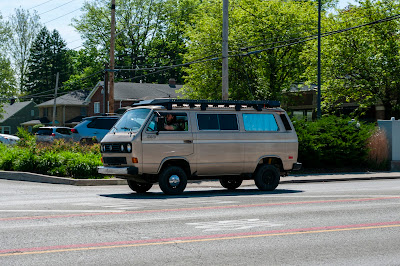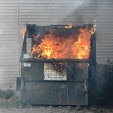This was necessitated on Canon's EOS pro bodies as far back as the film days because almost all the controls were set via buttons and control wheels, and the new EOS lenses themselves had done away with physical aperture rings, so other than turning the camera on and looking into the viewfinder, there was no other way to tell at a glance what mode the camera was set to, or what the current aperture and shutter speed settings were.
This is generally not a feature found on the sort of budget DSLRs bought at big box stores for three interconnected reasons:
- These cameras generally have a mode dial that can be read at a glance.
- Budget cameras are most often used by beginners who will either leave the camera in the most automated setting, or perhaps use one of the preset modes like Sports, Closeup, Landscape, Portrait, or whatever. They are unlikely to fiddle with aperture or shutter speed.
- Therefore, like leaving off that second control dial, omitting the LCD screen makes the camera cheaper.































